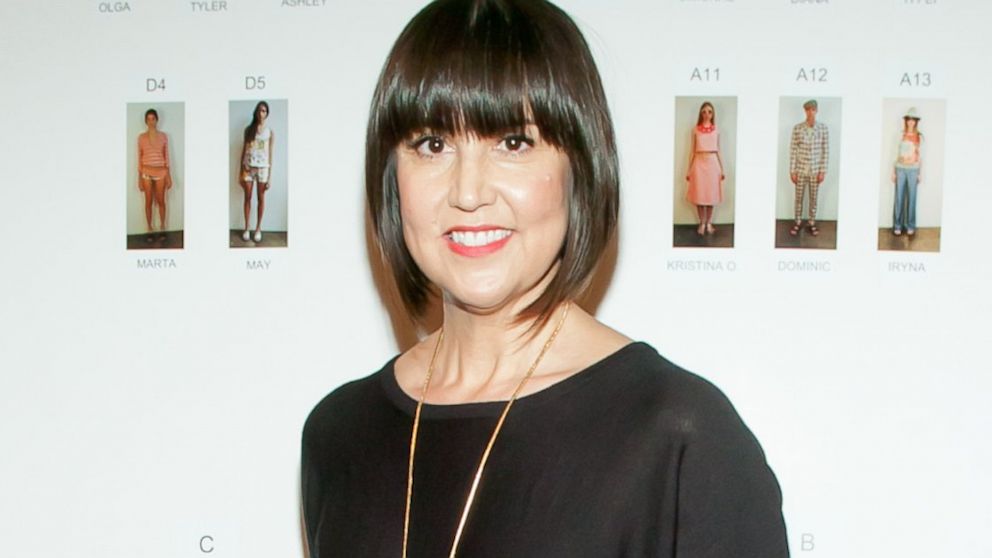'Made in America' High Fashion Easy to Find at Fashion Week
Established and new designers tout Made in America clothing.

Sept. 12, 2013 — -- Is "Made in America" clothing making a comeback at New York fashion week? Though designers from around the globe have come to town to display their spring and summer collections for 2014, many say their clients still get a kick to learn their clothes are made in the U.S.
Though it means higher retail prices, several designers say they produced 100 percent of their collections in the U.S., including Joanna Mastroianni and Honor.
Even large design houses say they produce a majority, if not a large chunk, of their collections in the U.S.
Trina Turk, who presented for the second time at Mercedes-Benz Fashion Week in New York City on Sunday, says about 40 to 60 percent of the clothing from her women's label is produced in the U.S.
"There's a customer segment that enjoys that things are made in the U.S.," Turk said.
Turk has boutiques across the country and sells her clothing in department stores including Neiman Marcus, Nordstrom and Bloomingdale's.
The design and production behind her summery "California Roadtrip"-themed collection available this spring took place in her headquarters in Southern California.
In Photos: Funky Fashion Week Designs
Even global jet-setting designer Vivienne Tam, whose clean, structured spring show was an "ode to modern Shanghai," produces some of her clothing in the U.S.
Michelle Smith, whose edgy and modern women's spring ready-to-wear presentation on Wednesday for her brand, MILLY, said that while retail prices are higher when she produces domestically, she believes better quality is delivered to customers.
"One of the greatest benefits of producing in the US is that I have a better handle on quality control," she said. "My sampling room is located one floor below my studio in the heart of the Garment District."
About 80 to 90 percent of MILLY is made in New York City, while the remaining percentage is fully fashioned knitwear, which cannot be produced in the U.S., her company says.
Without knits, it may be easier for designers to tout their American-produced clothing during fashion week's spring collections than the winter presentations in February.
Celebs at Fashion Week: In Photos
Lela Rose, whose brilliantly colored women's line was presented on Sunday, said knits are the last remaining puzzle of clothing items she does not yet make in the U.S.
She said 95 percent of her collection is produce domestically, and she is starting to develop and produce knits in the U.S.
"We're not there yet," Rose said.
But she is on her way, because the benefits outweigh the challenges of producing in the U.S.
Based in New York City, her factories are based within a 10-block radius of her headquarters.
"If they have a question, they send a representative with a sample," she said. "And we have people constantly monitoring the factories."
While it may cost less to produce abroad, Rose said overseas lead times "are so much longer than they are here made in Amerce."
Many times, operations have ended up becoming more costly due to things lost in translation or having to revise clothing because things haven't gone right.
Rose said she supports the preservation of New York's garment district for "very self-serving" purposes. "If we didn't have these factories, we wouldn't have trend stores or last-minute things to add to our collection," she explains.
And, Rose, adds her clients appreciate that her clothing is produced in the U.S.